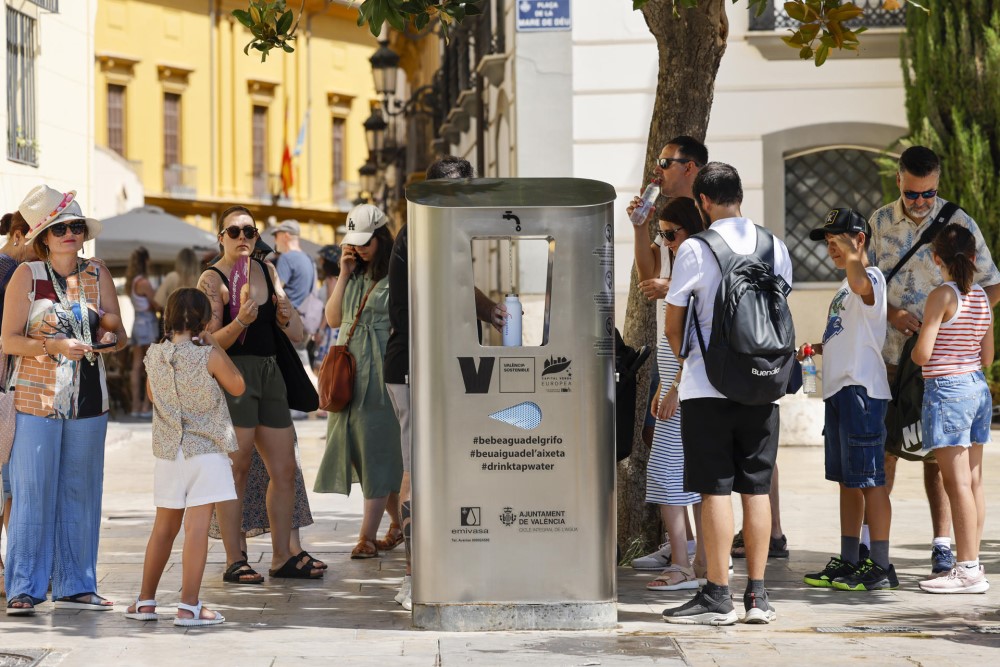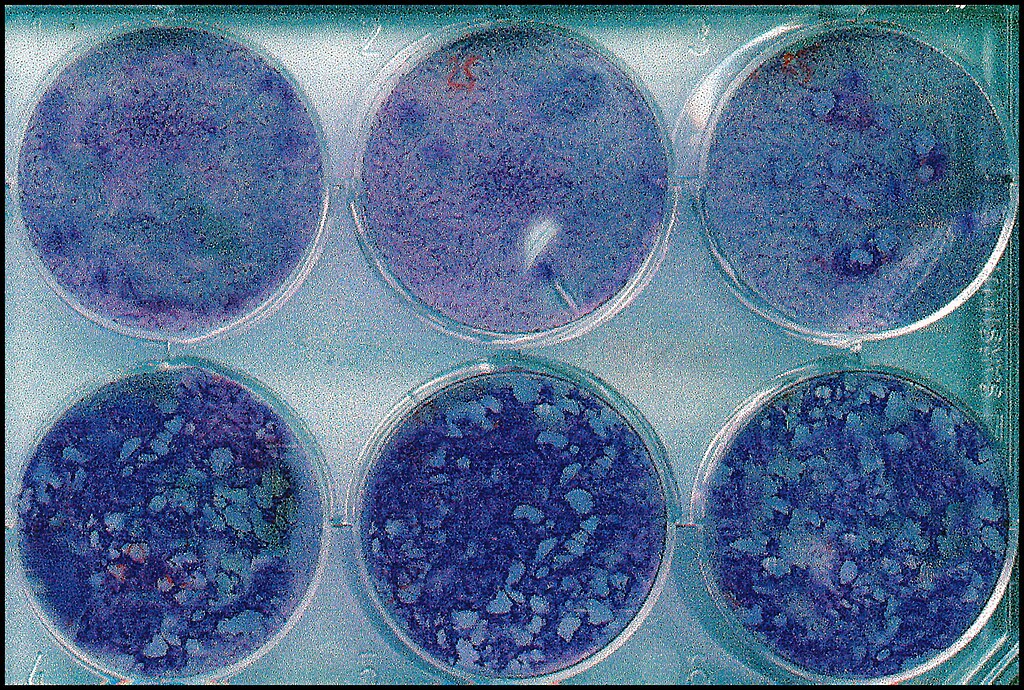10 questions and answers about jellyfish
With summer, the presence of these gelatinous creatures on the Spanish coasts bothers swimmers, who can suffer injuries if they come in contact with them. Are there more jellyfish than before? Which ones are the most dangerous? What should I do if one stings me? How can I avoid it? In this guide, we answer the main questions on jellyfish so you know how to act.









